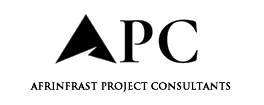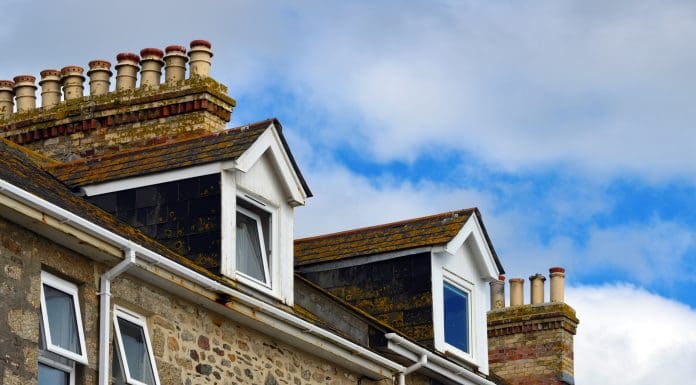
Property developers are undertaking a number of initiatives aimed at improving the future health of our buildings but are they working, and how do we embrace all aspects of defined optimisation guidance for occupants to maintain the desired goal?
When having surveyed structures reported to be suffering damp, condensation, mould or heat-related issues, reliable data confirms the structures to be dry and stable. However, designated installations and indeed retrofit aspects designed to improve the likely causes of such issues have shown to be inadequate and misaligned to the resultant root causes.
The absence of occupancy guidance to maintain a healthy internal environment has led to repeat problems due to a lack of knowledge linked to how to utilise installed measures aligned to managing their normal everyday activities.
Such aspects should be available and compliant at the time of planning and building control
Cornerstone has undertaken independent expert surveys to assist defining the root causes of these problems and many repeat aspects, whether singular or multiple, have been observed that can serve to detriment the expected healthy structure.
Our experience is the absence of SMART Knowledge, which serves to deliver simplistic yet credible reasoning behind many everyday activities that if not fully understood, can and do lead to the defects we report upon.
If an occupant was provided with a certified structural health condition alongside key recognised everyday undertakings to maintain a healthy environment, would we see a reduction in reported issues?
Replace blame with “did you know?”
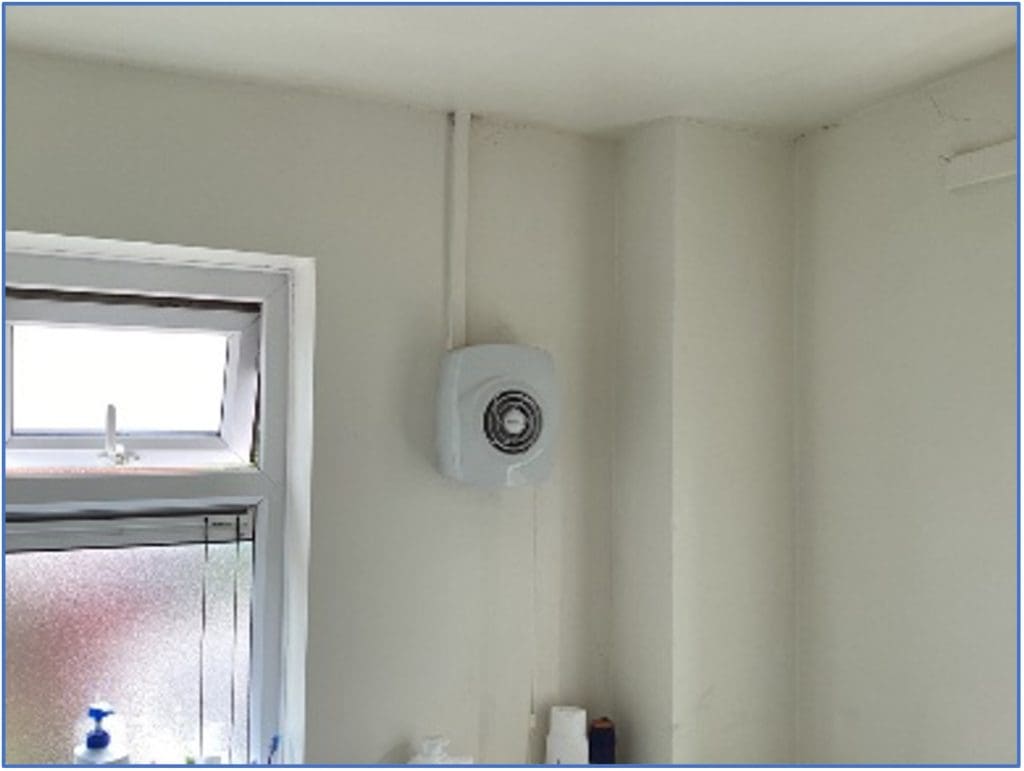 Extractors in and around open windows and/or trickle vents in wet rooms serve to draw air in and straight out, rather than the room as a whole.
Extractors in and around open windows and/or trickle vents in wet rooms serve to draw air in and straight out, rather than the room as a whole.
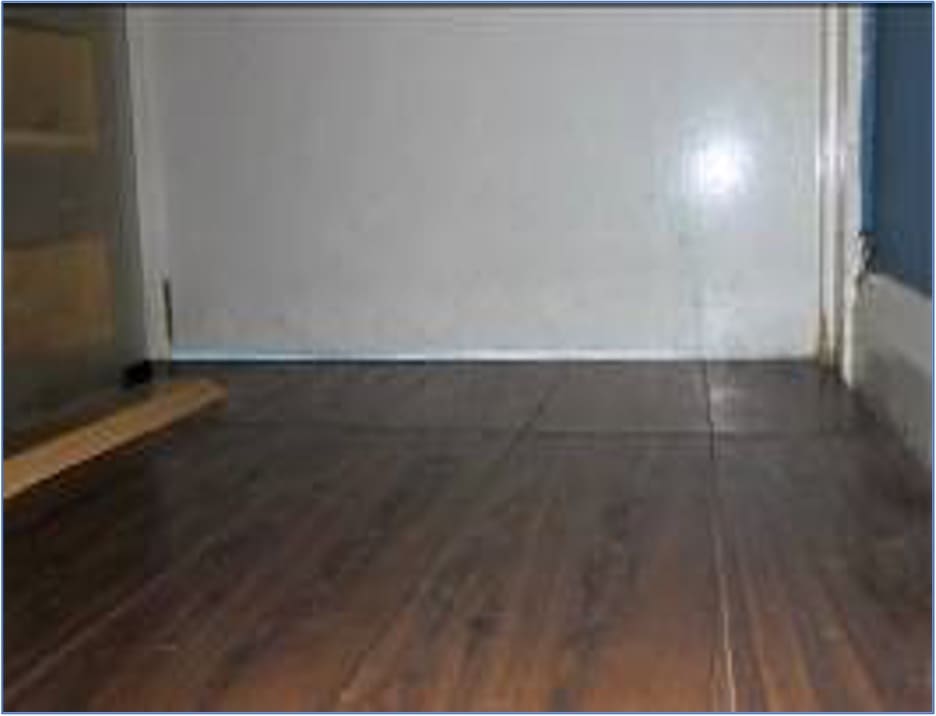
Internal doors should have a 10mm undercut between the door underside and floor finish to provide make-up air for the working extractor.
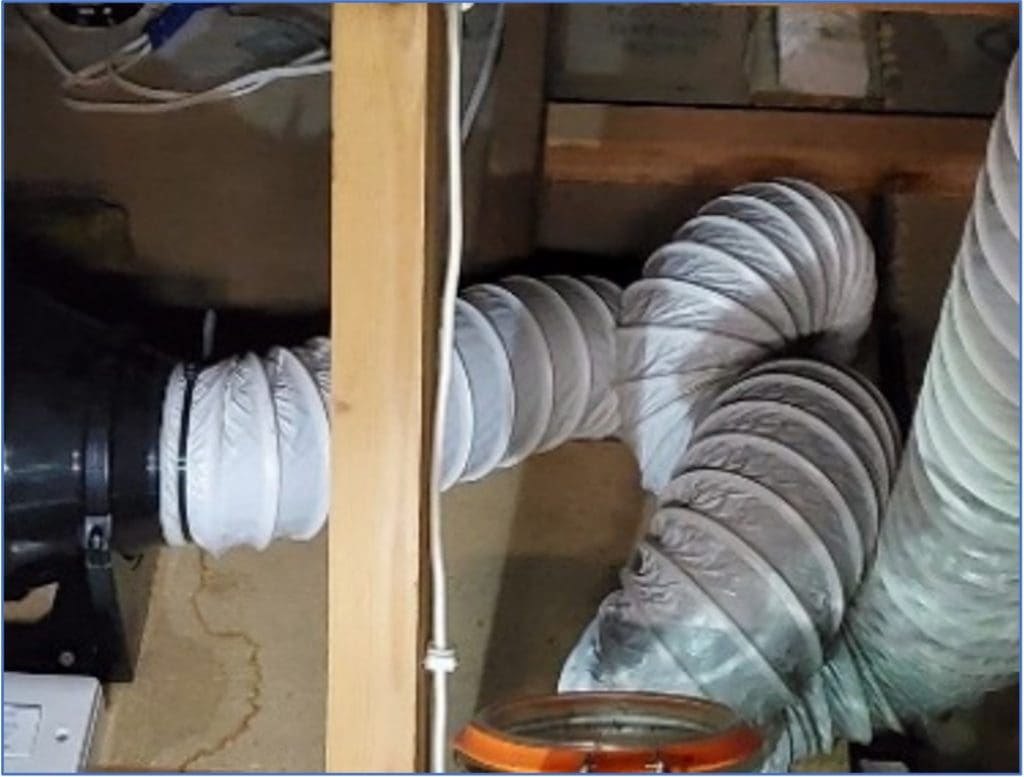
Ventilation adequacy includes efficient ducting to the exterior in a clean, clear and short manner to reduce the potential for performance and energy loss.
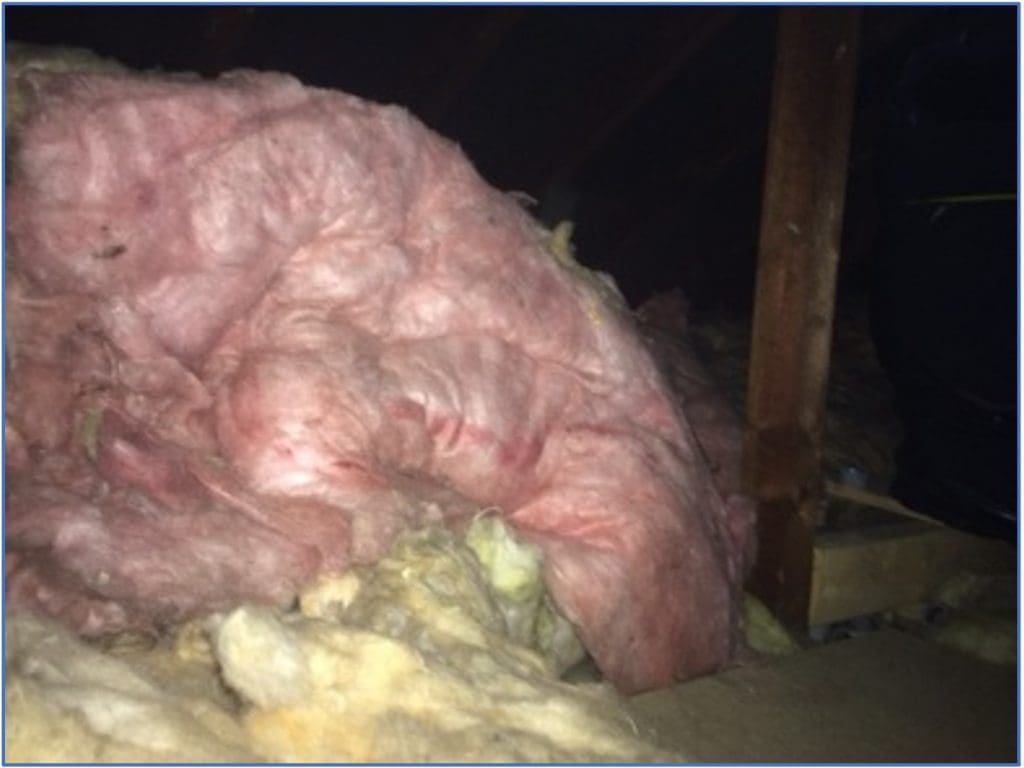 Loft insulations should be of an even and adequate coverage TO the eaves and NOT in them to uphold effective ventilation and an even ceiling surface temperature.
Loft insulations should be of an even and adequate coverage TO the eaves and NOT in them to uphold effective ventilation and an even ceiling surface temperature.
Do we need to introduce a realistic everyday protocol?
Existing standards, guidelines and certifications are recognised measures of compliance for a building. However, they do not readily align to the ongoing everyday aspects necessary to maintain enduring healthy environments.
- What if guidance was provided alongside where an extractor was installed and how it was operated?
- What if guidance was given to the use of background trickle vents?
- What if guidance was given to placing furniture against north-facing elevations?
- What if guidance was given to using draught excluders?
These are not necessarily formal guidance protocols but they have an important role to play with regard to maintaining the desired internal environment for a prolonged healthy environment.
By definition, a healthy building should be one that does not experience any defects that could contribute to its comfortable environment, with elements installed to manage the internal atmospheric operation with ‘adequacy’ in their delivery.
Ventilation adequacy includes efficient ducting to the exterior in a clean, clear and short manner to reduce the potential for performance and energy loss.
Today’s new builds embrace a host of insulation measures to reduce the carbon footprint and uphold the net zero journey.
However, while this is a recognised futureled process, how the building behaves and what it requires to maintain its desired healthy environment are key to securing a long-term approach.
A key notable example is installed atmospheric management devices with the capability to deliver their specified performance with its installation, intended use and location alongside contributory performance measures, ie ducting and door undercuts often omitted leading to the issues witnessed today.
We offer notable training and guidance for a futureproof smart home, office, school, care home etc.
Specialist services available:
CPD Damp & Mould Training
CPD Ventilation Training
Certified Property MOT® Assessments
Certified Ventilation MOT® Assessments
When you need it!
*Please note that this is a commercial profile.
The post Can we certify a healthy building? appeared first on Planning, Building & Construction Today.
